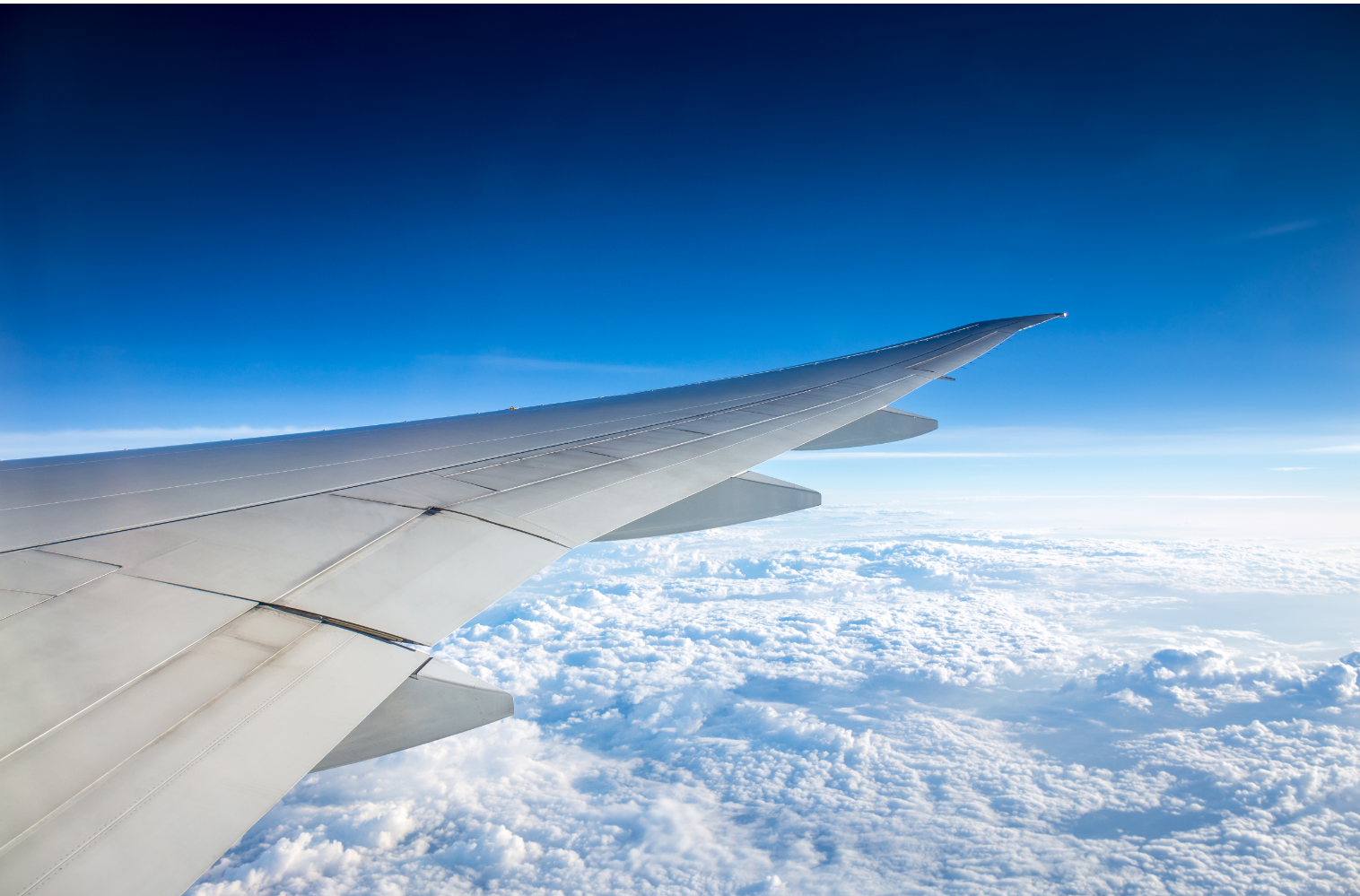
Connecting the sky to the World
Uninterrupted, high-speed internet access onboard with Aeronet.space
High-performance broadband internet services to airline companies
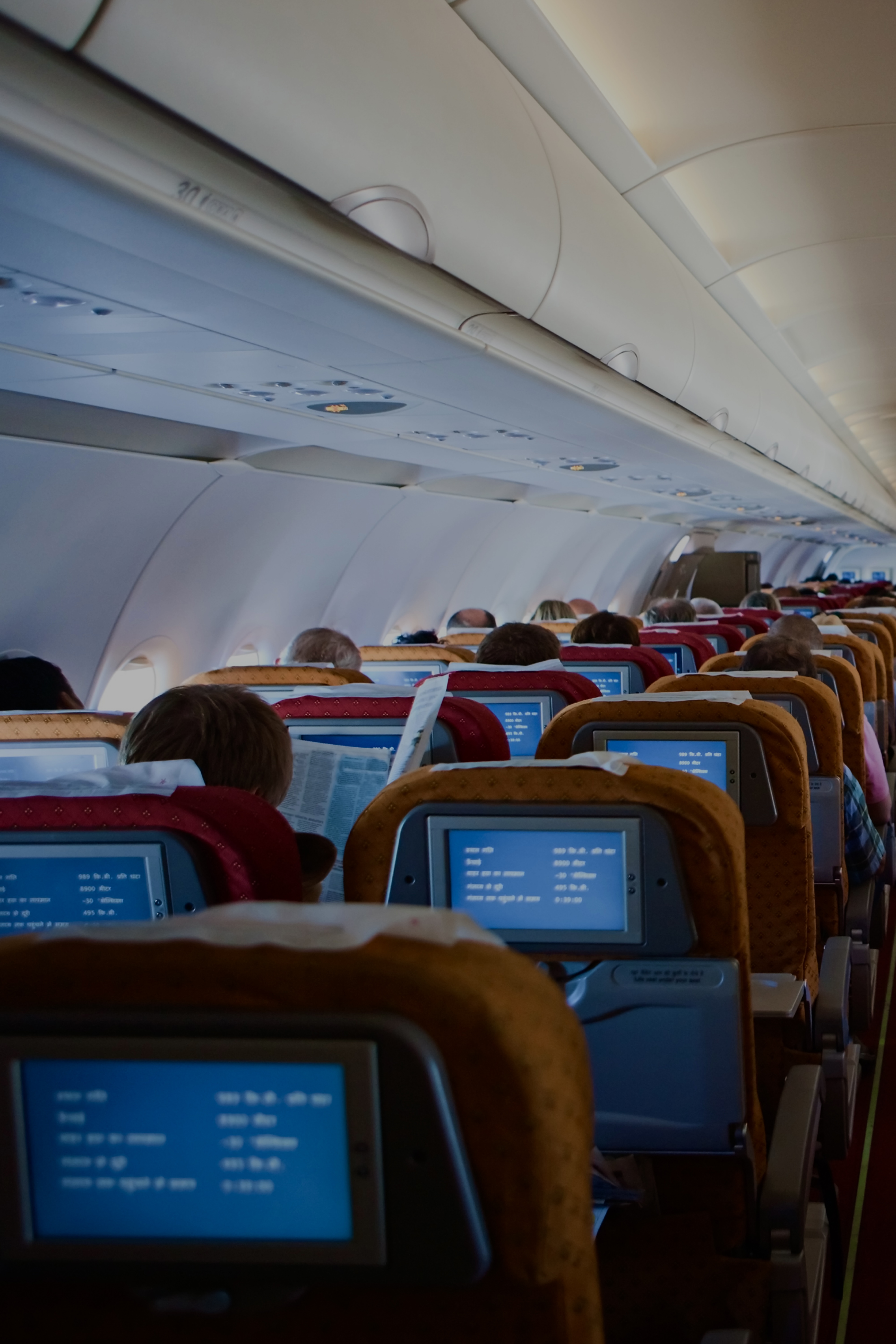
A new era for in-flight technology
With passengers being connected to the internet, airlines will have the opportunity to simplify costly and complex in-flight entertainment systems in the coming period, ultimately reducing expenses
Through 40 ground stations to be deployed across Türkiye, Aeronet.space enables a high-capacity aviation network, delivering fast and seamless internet connectivity for aircraft.
- More than 80% of passengers tend to choose the same airline again if reliable, high-quality Wi-Fi service is available
- In today's world, access to the internet cloud has become more essential than ever.
- All passengers expect to stay connected in the air, just as seamlessly as they do on the ground.

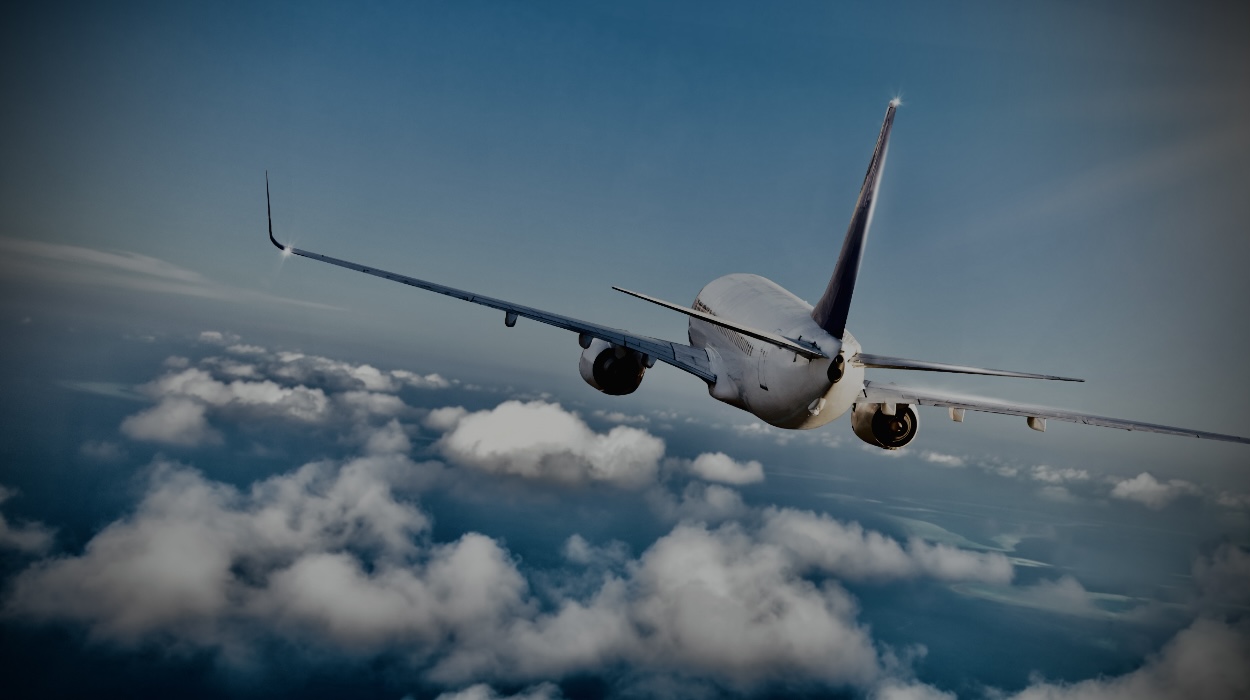
A2G
Air to Ground
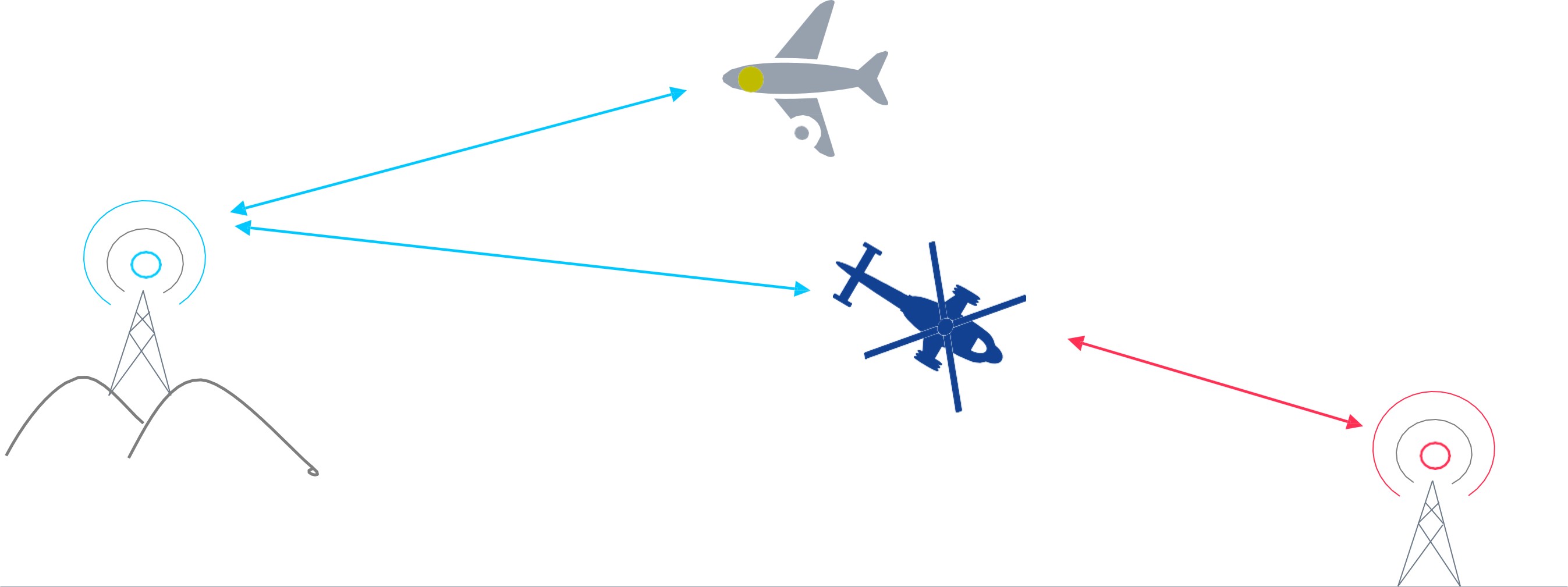

Spectrum
Leveraging the S-Band (B65) spectrum at approximately 2 GHz, the product employs Frequency Division Duplex (FDD) operation, providing stable, high-performance, and interference-resilient connectivity.

Speed
Engineered to maintain stable and uninterrupted broadband service, the system operates reliably at airspeeds reaching 1200 km/h, supporting high-speed flight without compromising connectivity performance.

Horizontal Coverage
The system is designed to deliver horizontal coverage extending up to 150 kilometers, ensuring consistent and reliable broadband connectivity across large geographical areas, even at high speeds and varying flight paths

Vertical Coverage
Engineered to deliver seamless vertical coverage between 3 and 12 kilometers altitude, the system ensures optimal performance for high-speed broadband connectivity throughout the operational airspace.

Service Speed
With the allocation of the currently unused frequency, we will be able to deliver stable broadband internet service with 75 Mbps download and 25 Mbps upload speeds, providing a total of 100 Mbps capacity (2x15 MHz FDD).

RAN/EPC
The system is built upon standard 3GPP-compliant LTE Radio Access Network (RAN) and Evolved Packet Core (EPC) infrastructure, ensuring full compatibility with existing LTE ecosystems and seamless integration into global telecommunications networks.

Recognition of A2G Technology Globally
-
In recent years, Starlink, a subsidiary of SpaceX, has initiated the provision of in-flight connectivity services using low Earth orbit (LEO) satellite networks. - This advancement introduces a considerable competitive threat to both incumbent GEO satellite operators and emerging Air-to-Ground (A2G) connectivity solutions.
- Recognizing the strategic implications of Starlink’s rapid market expansion, European stakeholders are accelerating the deployment of A2G infrastructure to ensure aircraft are equipped with reliable, high-capacity ground-based communication systems.
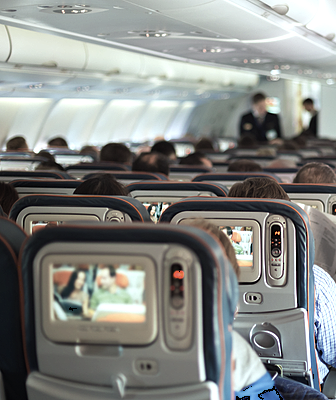
Next-Generation Performance
- The Air-to-Ground (A2G) system offers high data transfer rates and low latency, ensuring sufficient network capacity for each aircraft even in highly congested airspace.
- Provided that adequate bandwidth is allocated, A2G technology is capable of delivering service speeds comparable to those of Starlink, while maintaining a significantly more competitive cost structure.
During flight, at least two ground base stations will simultaneously maintain connectivity with the aircraft, ensuring uninterrupted internet access at all times.
Thanks to advanced software solutions, seamless handovers between ground stations will be performed automatically within milliseconds, allowing the transition to occur without any service disruptions.
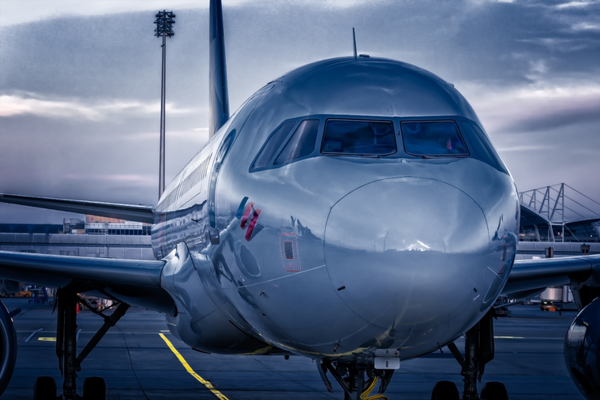
Contribution to Environmental Sustainability
- Through this advanced coordination, airlines can achieve measurable reductions in fuel consumption and CO₂ emissions.
- Even a small percentage of improvement in flight path efficiency can translate into significant environmental and economic benefits, including lower fuel costs and a reduced carbon footprint, contributing directly to global sustainability goals.
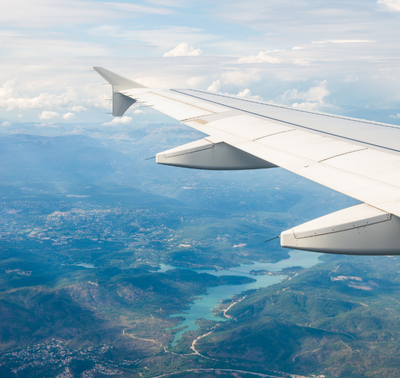
Time Saving and Budget Optimizations
The compact, handheld-sized antenna and router units to be installed on aircraft can be integrated without the need for any structural modifications to the airframe. These installations are designed to be completed within a few hours, typically during routine maintenance checks or minor repair operations, ensuring minimal operational disruption and maximum efficiency in deployment.
Therefore, the system does not require any modifications to the aircraft structure or additional recertification processes. Thanks to this feature, there is no negative impact on aircraft ground time, providing airlines with significant operational advantages by minimizing downtime and ensuring uninterrupted fleet availability.
- The internet access speeds provided within the scope of this service can vary between 100 Mbps and 200 Mbps, depending on the allocated frequency bandwidth. When compared to the approximately 2 Mbps speeds of existing satellite-based connectivity solutions, the A2G system offers up to 50 times higher performance.
- Furthermore, the total system cost is more than 10 times lower than that of conventional satellite-based solutions, making A2G a highly competitive and economically viable alternative for next-generation in-flight connectivity.
